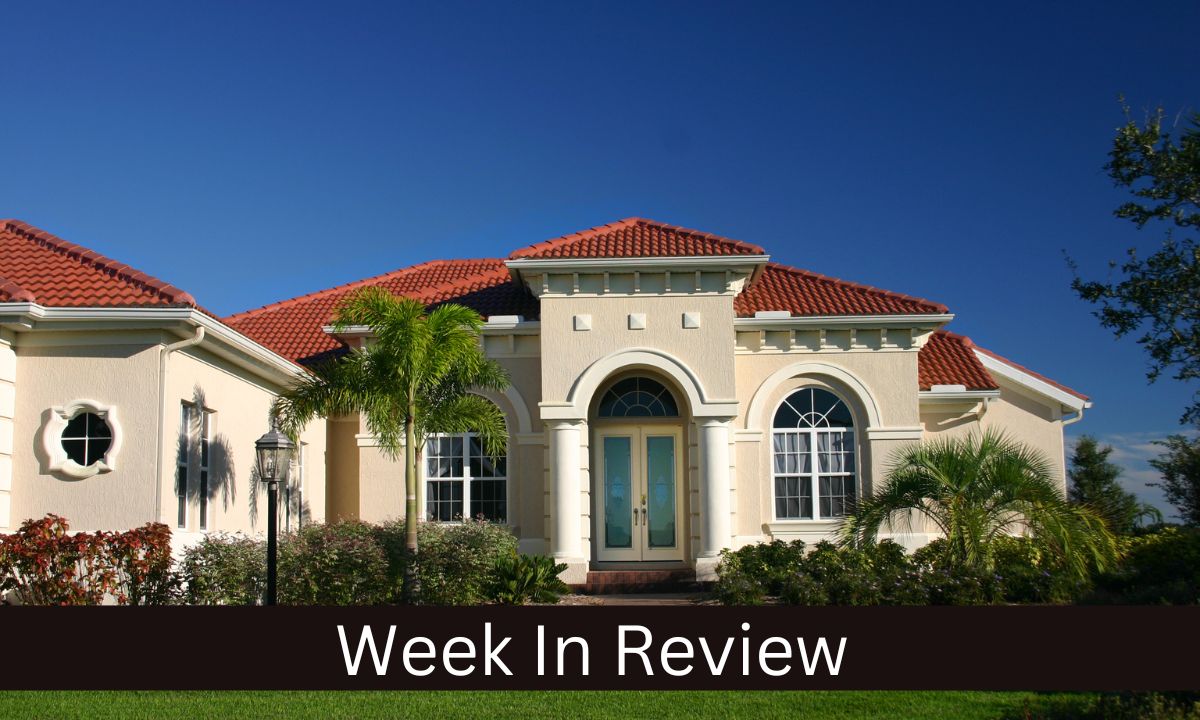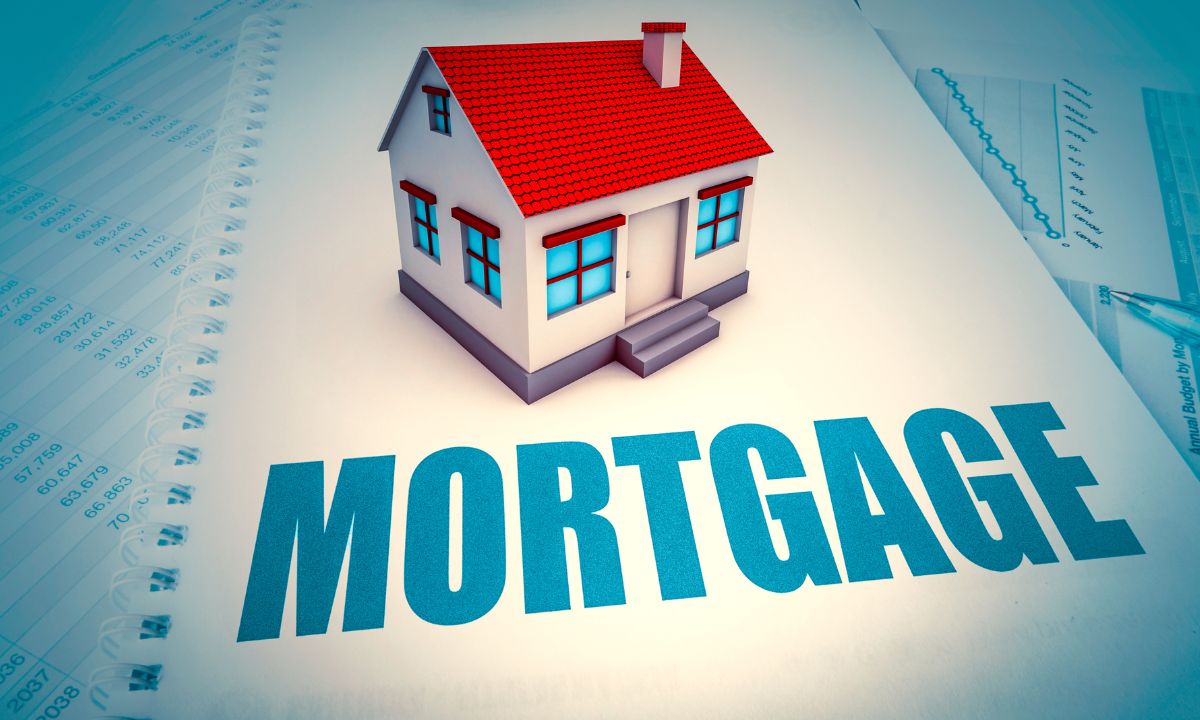 Mortgage points, also known as discount points or origination points, are fees paid by borrowers at closing to reduce the interest rate on their mortgage loan. Each point typically costs 1% of the total loan amount and can lower the interest rate by anywhere from 0.125% to 0.25%.
Mortgage points, also known as discount points or origination points, are fees paid by borrowers at closing to reduce the interest rate on their mortgage loan. Each point typically costs 1% of the total loan amount and can lower the interest rate by anywhere from 0.125% to 0.25%.
There are two types of mortgage points: discount points and origination points. Discount points are used to buy down the interest rate on the loan, while origination points are used to cover the lender’s administrative costs.
Borrowers may choose to pay mortgage points in order to lower their monthly mortgage payments or to reduce the overall amount of interest paid over the life of the loan. However, paying points may not always be the best financial decision, as it depends on factors such as the borrower’s financial situation, the length of time they plan to stay in the home, and the current interest rate environment.
It is important for borrowers to carefully consider the costs and benefits of paying mortgage points, and to compare offers from multiple lenders to ensure they are getting the best deal possible.
When to Use Mortgage Points
Mortgage points can be used by borrowers to lower the interest rate on their mortgage loan and potentially save money on interest over the life of the loan. However, whether or not it makes sense to pay mortgage points depends on a variety of factors, including the borrower’s financial situation, the length of time they plan to stay in the home, and the current interest rate environment.
Here are a few situations where it may make sense to use mortgage points:
- Long-term homeownership: If a borrower plans to stay in their home for a long period of time, paying mortgage points upfront to lower the interest rate could result in significant long-term savings.
- High-interest rates: When interest rates are high, paying mortgage points may be a good strategy for reducing the interest rate and lowering monthly mortgage payments.
- Large loan amounts: Borrowers with large loan amounts may benefit from paying mortgage points to reduce the interest rate and save money over the life of the loan.
- Strong financial position: Borrowers with strong financial positions, including a high credit score and stable income, may be more likely to qualify for lower interest rates and may benefit from paying mortgage points to lower the rate even further.
The decision to pay mortgage points should be based on a careful analysis of your unique financial situation and goals and should take into account the costs and benefits of paying points compared to other options.
 Last week’s economic news included readings on new and pending home sales and inflation. The final monthly reading for May consumer sentiment was released along with weekly readings on mortgage rates and jobless claims.
Last week’s economic news included readings on new and pending home sales and inflation. The final monthly reading for May consumer sentiment was released along with weekly readings on mortgage rates and jobless claims. A reverse mortgage and a home equity conversion mortgage (HECM) are both types of loan products that allow homeowners to tap into the equity they have built up in their homes. However, there are some important differences between the two.
A reverse mortgage and a home equity conversion mortgage (HECM) are both types of loan products that allow homeowners to tap into the equity they have built up in their homes. However, there are some important differences between the two.